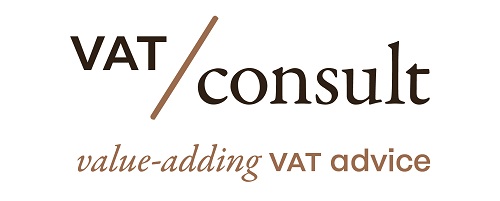- Chain transactions involve multiple consecutive sales of the same goods, with the goods being transported directly from the first seller to the final buyer across borders within the European Union (EU).
- The EU has specific rules for determining the VAT treatment of chain transactions. The allocation of the intra-Community transport of goods depends on whether the intermediary operator holds a VAT registration in the country of departure or not.
- Changes effective from January 1, 2020, simplified the VAT position determination for chain transactions involving three businesses. The new rules clarify scenarios for zero-rating the movement of goods in the chain based on the VAT registration of the intermediary and the allocation of transport.
Source VATit
Latest Posts in "European Union"
- CJEU AG: Separate Legal Entities Must Act Independently to Be Separate VAT Taxable Persons
- CJEU Rules on VAT Deduction Denial and Taxation of VAT Refund Services in Hungary
- EU Advances Customs Reform with Central Authority and Unified Data Hub System
- Essential Steps for Multi-Country EU VAT Registration: Triggers, Documentation, and Compliance Tips
- ECJ VAT C-544/24 (Nekilnojamojo turto valdymas) – AG Opinion – National law’s fixed late payment interest aligns with EU law














